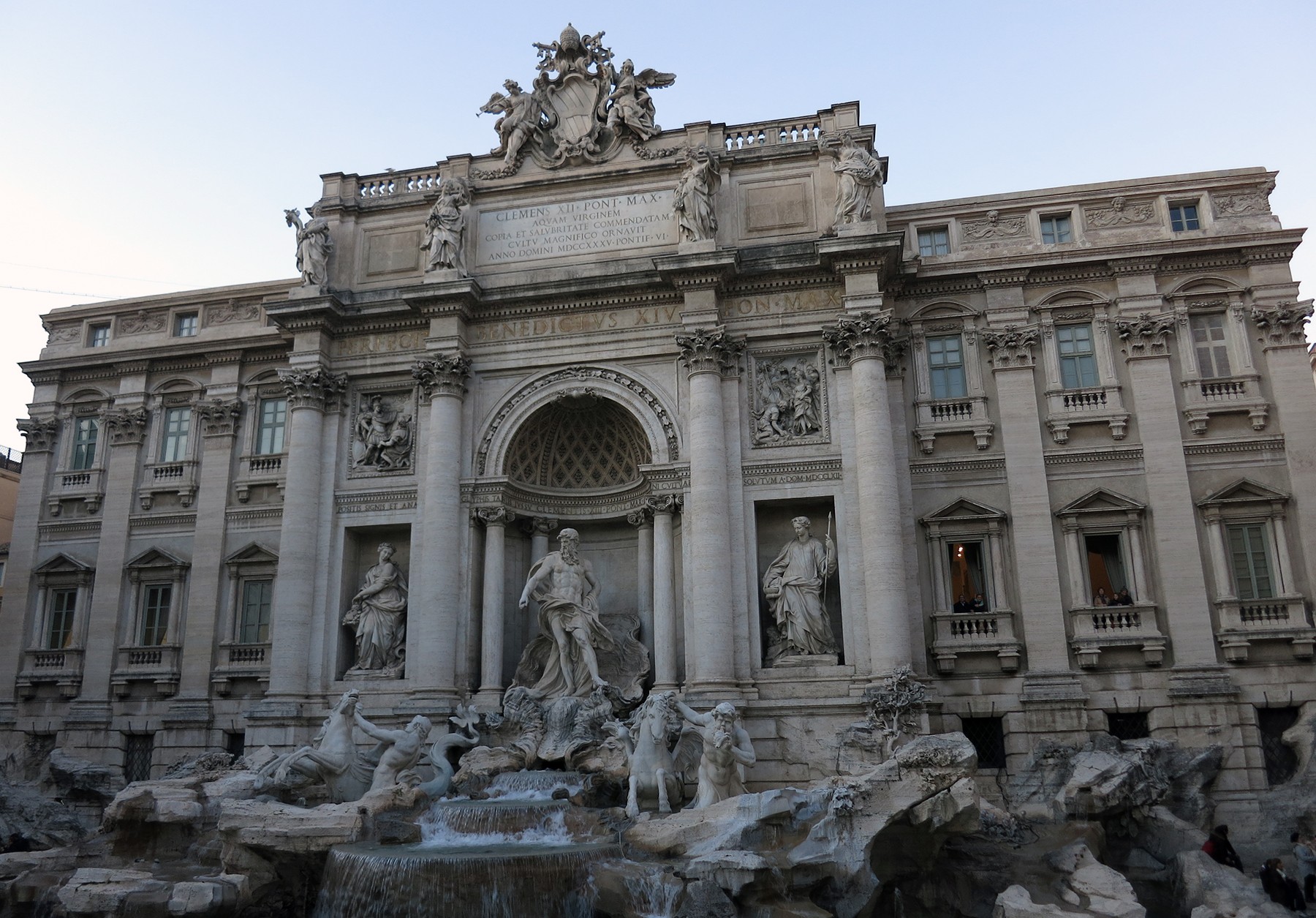For as long as I can remember, the mysterious images etched into the Peruvian desert sand have tantalized my imagination. No one knows how or why they were made, not to mention why 2,000 years later, the winds have yet to cover them. The Nazca figures are only 4-5 cm deep. Think about Rome or Istanbul, where the old cities lie meters below the modern hubbub. The Nazca lines are the same age, significantly less substantial in terms of construction, and somehow capable of remaining visible and largely unchanged over time. It’s such a bizarre contradiction of facts that many people truly believe the only explanation is that extraterrestrials were behind the making of the lines. Well, while that is completely plausible, it’s sort of irrelevant for our purposes. We’re here to look and learn as much as we can, but we’re probably not going to prove the existence of aliens. If The X-Files couldn’t do it, then I can’t, either. So, moving on…
We heard another interesting theory about the lines while we were down here, which involves human agency. That region of Peru has long used cotton in its textiles, and some people believe the Nazca people, with their knowledge of nature, had learned the secrets of hot air ballooning. That theory actually makes sense to me. The priests/leaders, could monitor construction from above, ensuring that the figures would please the gods with their symmetry and visibility, and perhaps they could even float overhead during rituals to simulate the gods looking down from the heavens. I know it seems far fetched that ancient cultures mastered flight, but if you think about it, humans have always been obsessed with birds’ abilities to defy gravity. Plus, the desert is filled with strong convection currents as the intense heat rises from the ground. I’m no meteorologist, but it’s believable that the Nazca tamed those currents and took a ride on them. It would certainly explain the impressive size and precision of the structures, so I like the idea.
Getting to Nazca is a little painful from Lima. We had to get up at 4AM — something we had never done on vacation before — to make the long drive. However, after one day in Lima traffic, I totally understood the early departure, so despite Jamil’s grumblings, we rolled downstairs with pillows in hand and made the seemingly endless trek down the coast.
We started with a detour at the Ballestas Islands, which meant we arrived for our flight over Nazca around noon. Heeding the advice of our guide in Lima, neither of us ate before the flight, thinking that would arm us against motion sickness. We also took Gravol, the equivalent of Dramamine, hoping that would seal the deal. However, nothing could have saved Jamil from retching. It was bad. But, I still think the sights were worth the illness.
Besides, not many people make the trip to Nazca, so you feel a little like a pioneer by adding that sidetrip to your Peru itinerary. You can tell in Pisco (where the airport is) that the government and the locals have high hopes for the tourism sector in the Nazca/Paracas area. They’ve built a sparkling new airport, capable of handling large aircraft and processing multiple tourists. But the place is basically empty. Jamil said it seemed like a practice airport. He was right. 


Still, there were a few plane loads of people boarding Nazca Flights vehicles, and we were among them. And here’s what we saw:
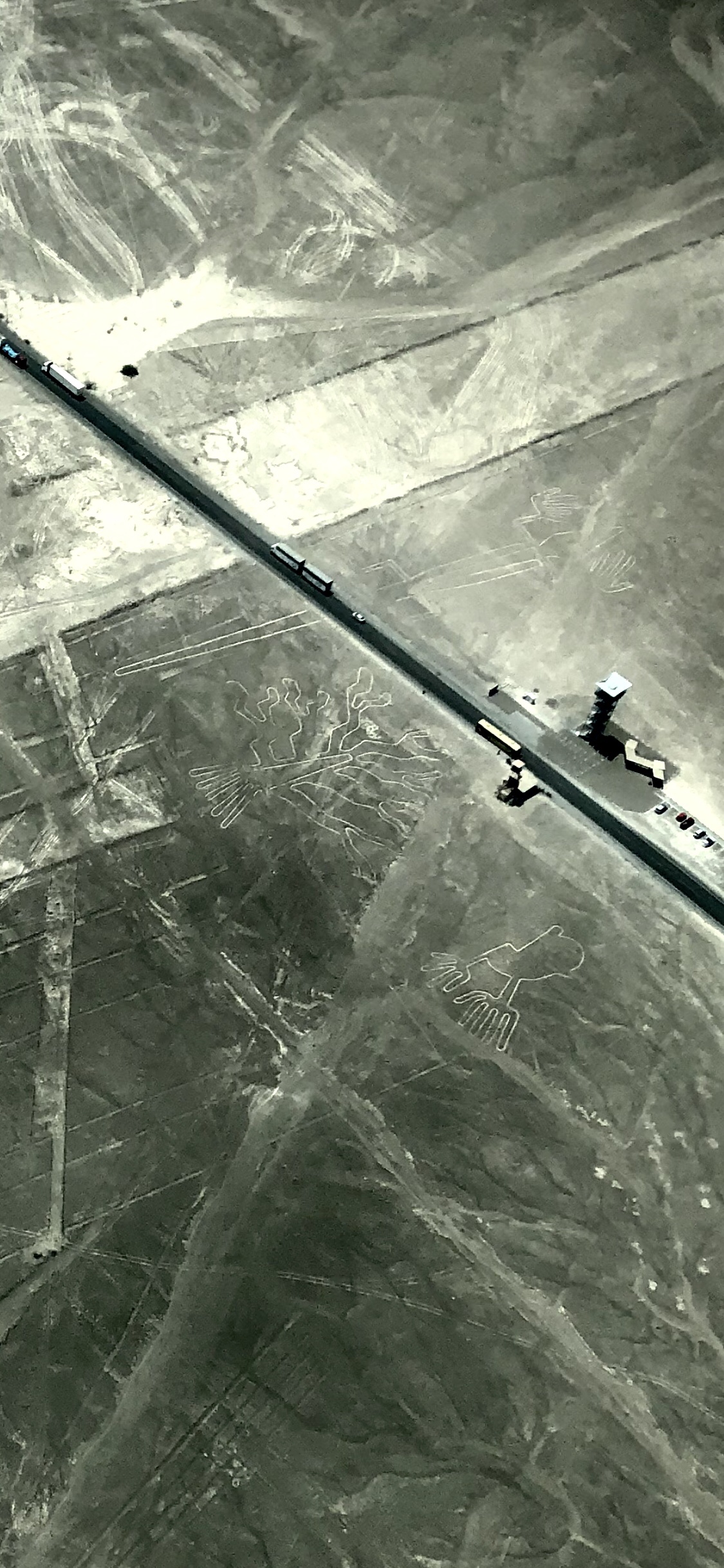
The flower and the hands
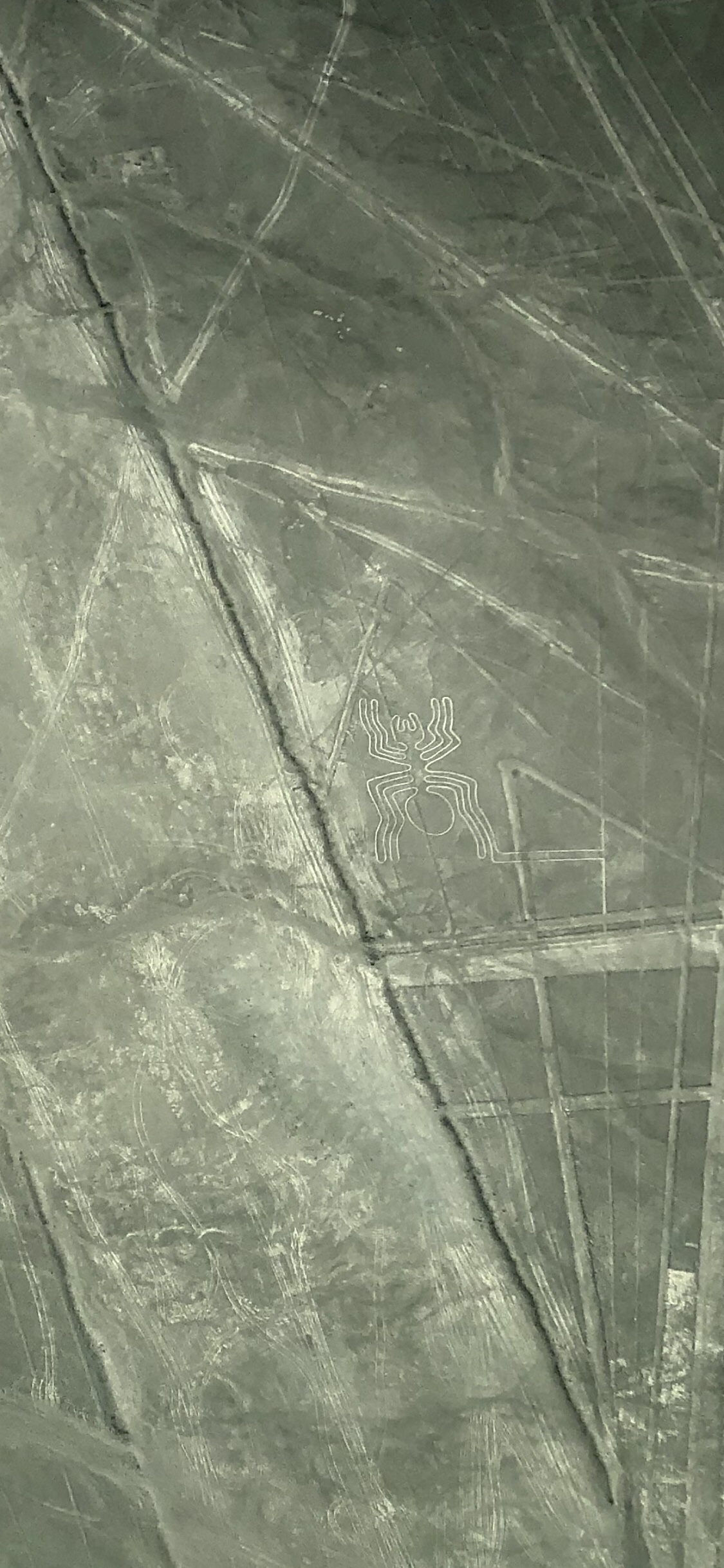
The spider
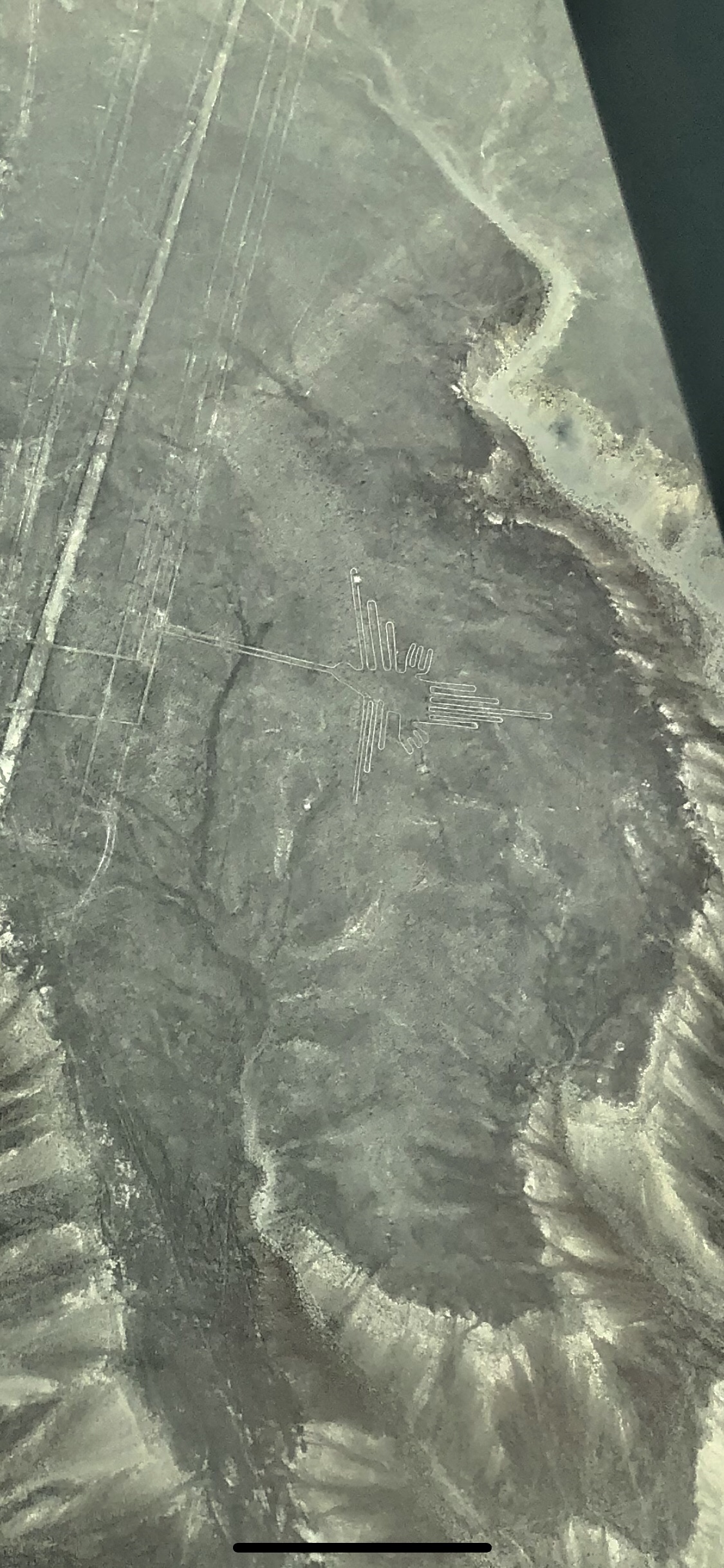
The hummingbird
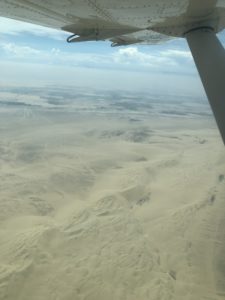
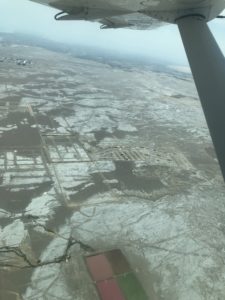
It was pretty spectacular, and there’s nowhere else in the world to see anything remotely similar. So, yeah, Jamil did blow chunks, and my head did spin for the next God-only-knows-how-many hours, but we walked away with a greater appreciation of the vastness of our universe. That alone was worth it.
